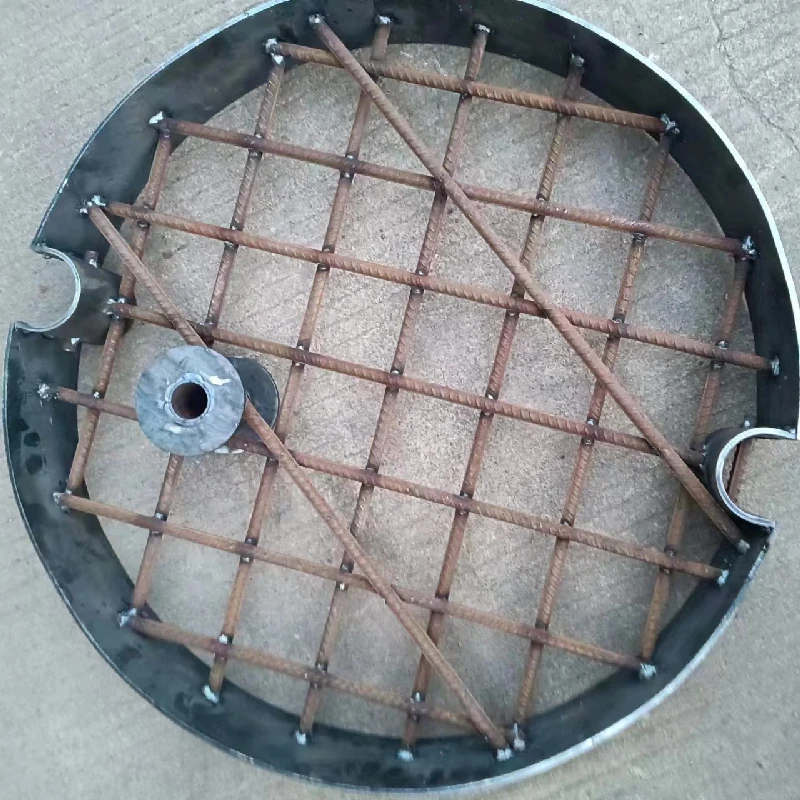Supervisory Switch Applications for Butterfly Valve Control Systems in Industrial Settings
Understanding Butterfly Valve Supervisory Switches
Butterfly valves are essential components in various industrial applications, particularly in fluid control systems. They are known for their quick operation, minimal pressure drop, and simple design. One aspect that enhances their functionality and ensures safety in operations is the butterfly valve supervisory switch. This article will delve into the significance of butterfly valve supervisory switches, their working principles, applications, and benefits.
What is a Butterfly Valve?
A butterfly valve is a valve that works by turning a disc to open or close the flow of fluid. The disc is mounted on a shaft and rotates in the center of the pipe, allowing for swift operation. Butterfly valves are commonly used in water supply, wastewater treatment, HVAC systems, and various industrial processes due to their efficiency and reliability.
The Role of Butterfly Valve Supervisory Switches
A butterfly valve supervisory switch is a crucial component designed to monitor the position of the butterfly valve. These switches provide feedback on whether the valve is fully opened, fully closed, or in an intermediate position. This monitoring is vital for ensuring that the system operates safely and efficiently. In many cases, supervisory switches are integrated into control systems to automate processes and maintain desired flow rates.
Working Principle of Supervisory Switches
Butterfly valve supervisory switches operate based on mechanical or electronic principles. Mechanical switches typically utilize a physical lever connected to the valve’s shaft. As the valve opens or closes, the lever moves and activates the switch, sending a signal to the control system or alarm panel.
In contrast, electronic supervisory switches rely on sensors to detect the valve position. These sensors can be inductive, capacitive, or optical and provide precise feedback on the valve’s status. Electronic systems often integrate with broader automation frameworks, enabling real-time monitoring and data logging.
Applications of Butterfly Valve Supervisory Switches
The applications of butterfly valve supervisory switches are diverse and span multiple industries
. Some common areas of application include1. Water and Wastewater Treatment In these facilities, maintaining flow control is critical. Supervisory switches help operators ensure that butterfly valves are functioning correctly to prevent overflow or system failures.
butterfly valve supervisory switch

2. HVAC Systems In heating, ventilation, and air conditioning (HVAC) systems, butterfly valves are used to regulate airflow. Supervisory switches provide crucial feedback on valve positions, allowing for optimized performance and energy efficiency.
3. Fire Protection Systems Fire suppression systems often incorporate butterfly valves to control water flow. Supervisory switches monitor those valves to ensure they are positioned correctly, thereby guaranteeing system readiness in emergencies.
4. Chemical Processing In industries that handle hazardous materials, ensuring the correct operation of butterfly valves is paramount. Supervisory switches play a critical role in detecting any issues, thereby enhancing safety and compliance with regulations.
Benefits of Using Supervisory Switches
Incorporating butterfly valve supervisory switches offers numerous advantages, including
- Enhanced Safety By providing real-time feedback on valve positions, these switches minimize the risk of accidents due to unexpected valve behavior.
- Improved Process Efficiency Automatic monitoring allows for quick adjustments to be made, ensuring that processes operate smoothly and efficiently.
- Preventive Maintenance Continuous monitoring can alert personnel to potential issues before they escalate into significant problems, enabling timely maintenance and reducing downtime.
- Increased System Control Supervisory switches enable better control over processes, helping managers meet operational benchmarks and regulatory compliance.
Conclusion
Butterfly valve supervisory switches are vital components in the operation of butterfly valves across various industries. By providing accurate feedback on valve positions, these switches enhance safety, improve efficiency, and enable better control of fluid processes. As industries continue to prioritize automation and safety, the role of supervisory switches will only grow in importance. Therefore, understanding their functions and applications is essential for anyone involved in fluid control systems. Investing in high-quality butterfly valve supervisory switches can lead to smoother operations, reduced risks, and ultimately, a more reliable infrastructure.
-
The Smarter Choice for Pedestrian AreasNewsJun.30,2025
-
The Gold Standard in Round Drain CoversNewsJun.30,2025
-
The Gold Standard in Manhole Cover SystemsNewsJun.30,2025
-
Superior Drainage Solutions with Premium Gully GratesNewsJun.30,2025
-
Superior Drainage Solutions for Global InfrastructureNewsJun.30,2025
-
Square Manhole Solutions for Modern InfrastructureNewsJun.30,2025
-
Premium Manhole Covers for Modern InfrastructureNewsJun.30,2025
